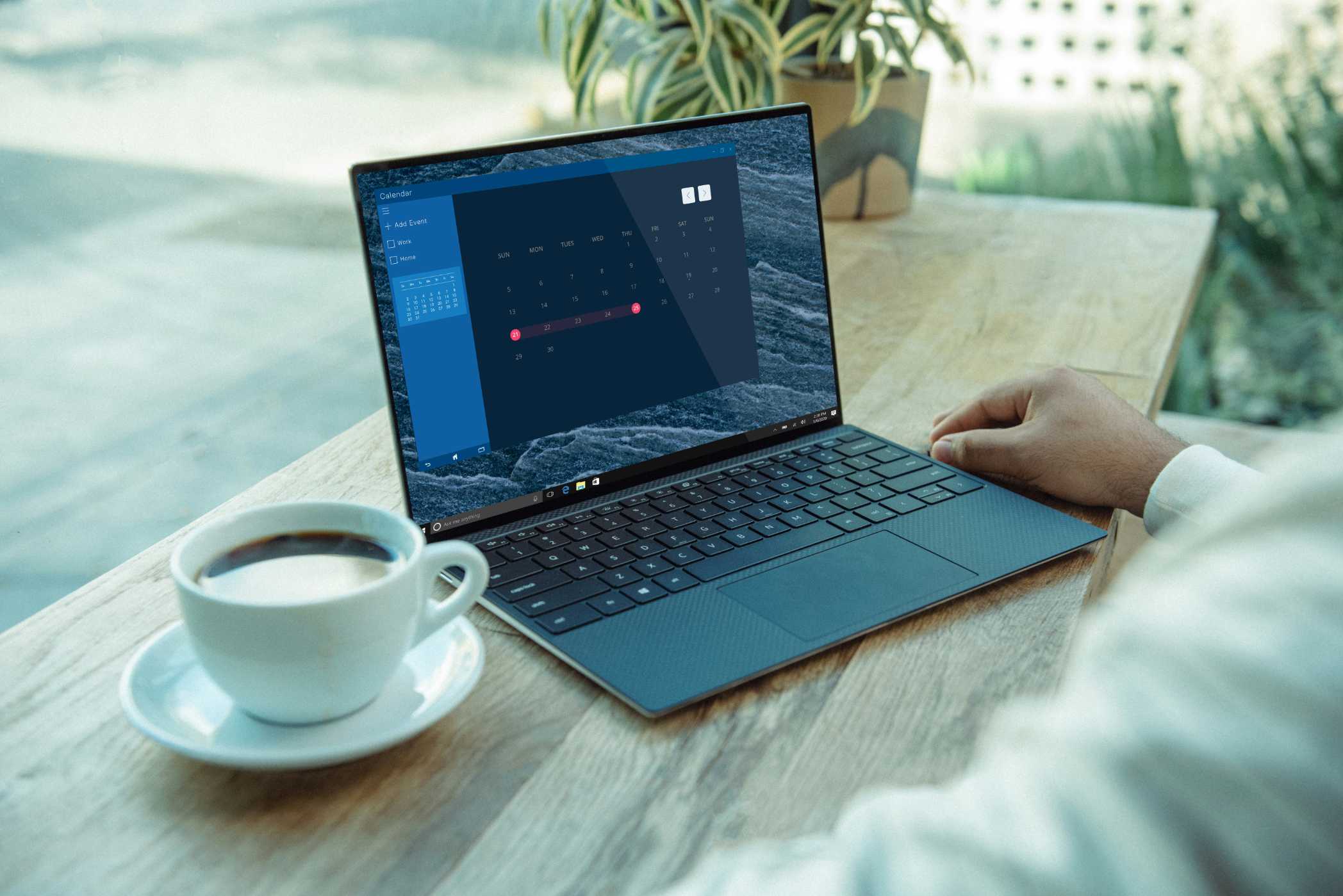Beyond Ownership: Tokenizing Rights and Privileges
NFTs can represent more than just ownership. This article explores how Web3 is using tokens to represent access rights, governance privileges, and other intangible claims in a programmable and transferable way.

The first wave of the NFT boom was dominated by a simple but powerful idea: tokenizing the ownership of a digital asset. An NFT was a deed, a certificate of title for a piece of art or a digital collectible. But this is just scratching the surface of what's possible. The true power of blockchain tokens lies not just in representing ownership, but in representing any abstract bundle of rights and privileges.
This is a fundamental shift. We are moving from a world where NFTs are static deeds to one where they are dynamic, programmable keys that can unlock experiences, grant permissions, and define relationships. This concept of "tokenizing rights" is a core building block for a more sophisticated and functional Web3, creating new models for membership, governance, and access control. This guide explores the frontier of tokenized rights and the practical implications for builders and users.
The Problem with Traditional Access Control
In the Web2 world, your access rights are tied to a centralized account. Your Netflix subscription gives you the right to watch movies, your gym membership gives you the right to access the facility, and your employee badge gives you the right to enter your office.
This model has several flaws:
- Centralized Control: The service provider is the ultimate arbiter of your rights. They can revoke your access at any time, for any reason.
- Not Transferable: You can't sell the remaining three months of your gym membership to a friend. Your rights are locked to your specific account.
- Not Composable: You can't use your status as a "loyal Netflix subscriber" to get a discount on a movie ticket. Your rights in one system don't translate to another.
Web3's Solution: Rights as Tradable Assets
By representing a right or a privilege as an NFT or another type of blockchain token, we can create a system that is user-owned, transferable, and interoperable.
1. Token-Gated Access
This is the most common and powerful use case today. A smart contract can be programmed to check if a user's wallet holds a specific NFT before granting them access to a service, a piece of content, or a community.
- How it Works: Instead of a username and password, you "sign in with your wallet." The application checks your wallet for the required token. If you have it, you're in. If you don't, you're not.
- Practical Insight: Social Clubs & DAOs: This is the model used by social DAOs like Friends with Benefits (FWB). To join their exclusive Discord server and attend their parties, you must hold a certain number of
$FWBtokens in your wallet. The token is the membership card. - Practical Insight: Exclusive Content: A musician could release an album where each song is only accessible to holders of their "Fan Club NFT." A writer could make their premium newsletter articles readable only by those who hold a "Subscriber NFT."
The key innovation here is that the membership card is a tradable asset. If you no longer want to be a member of the social club, you can sell your token on the open market to someone else who does.
2. On-Chain Governance and Voting Rights
In a DAO, a governance token is more than just an asset; it's a right to participate in the decision-making process of the protocol.
- How it Works: Each token represents a certain amount of voting power. When a proposal is put forward (e.g., to upgrade the protocol or spend treasury funds), token holders can use their tokens to vote.
- Delegation: Don't have time to vote on every proposal? You can delegate your voting rights to a trusted community member (a "delegate") who will vote on your behalf. This is a powerful example of separating the financial ownership of an asset from the utility rights associated with it.
3. Experiential Rights
NFTs can represent the right to a unique experience, either in the real world or the metaverse.
- Practical Insight: Event Ticketing: A concert ticket can be an NFT. This proves you have the right to enter the venue. It also creates a secure secondary market and can be programmed with rules, such as automatically paying a royalty back to the artist on every resale.
- Practical Insight: In-Game Privileges: In a Web3 game, an NFT might not just be a sword; it could be a "Battle Pass" that grants you the right to participate in a special in-game season or tournament.
4. Reputation and Verifiable Credentials
In the future, tokens could represent your reputation and credentials in a verifiable way.
- The Vision: Your university degree, your professional certifications, and even your credit score could be represented as non-transferable "soulbound" tokens in your wallet.
- How it Works: Instead of needing to call your university to verify your degree, an employer could simply check for the presence of your "Degree NFT," which would be cryptographically signed by the university.
- Practical Insight: This is the core idea behind Decentralized Identity (DID). It creates a user-owned identity where you control your own credentials and can prove things about yourself without relying on a central authority.
The Design Space for Builders
For product managers and developers, this opens up a massive new design space.
- Think Beyond Ownership: When designing an NFT, don't just think about what it is. Think about what it does. What rights does it grant the holder?
- Programmable Privileges: The rights associated with a token can be dynamic. For example, a "Membership NFT" could grant more privileges as you interact more with the community, creating a system of tiered, reputation-based access.
- Composable Rights: How can the rights from your protocol interact with others? Could holding a specific DeFi protocol's governance token grant you special access in a completely different Web3 game? This interoperability is where the true power of Web3 lies.
Conclusion
Tokenizing rights and privileges is the next evolution of the NFT. It's a move away from static collectibles and towards a world of dynamic, programmable, and user-owned access control. By representing intangible rights as tradable and composable on-chain assets, Web3 is creating the building blocks for more sophisticated economies, more engaging communities, and a more user-centric internet. For builders, the question is no longer just "What can users own?" but "What can users do?" The answers will define the next generation of decentralized applications.
Frequently Asked Questions
1. What is "token-gating"?
Token-gating is the practice of restricting access to content, a community, or a service to only those users who hold a specific NFT or token in their crypto wallet. It's like a digital membership card and is a primary use case for tokenizing rights.
2. Can rights-based NFTs be sold or transferred?
Yes, and that's a key innovation. If an NFT represents a membership or a subscription, you can sell it on an open marketplace. This creates a secondary market for access rights, which is not possible in traditional systems.
3. What is a "soulbound" token?
A soulbound token is a type of NFT that is non-transferable. Once it's in your wallet, it's bound to you forever. This is useful for representing personal credentials like a university degree or a professional license, which are tied to your identity and shouldn't be sold.
4. How does this relate to Decentralized Identity (DID)?
Tokenizing rights is a core component of the broader vision for Decentralized Identity. Your DID acts as your base identity, and the various tokens in your wallet represent the verifiable credentials, rights, and privileges you have accumulated, all under your control.
5. What are the career opportunities in this space?
This emerging field creates roles for Web3 Product Managers who can design these new token-based systems, smart contract developers who can build them, and community managers who can cultivate the token-gated communities.


